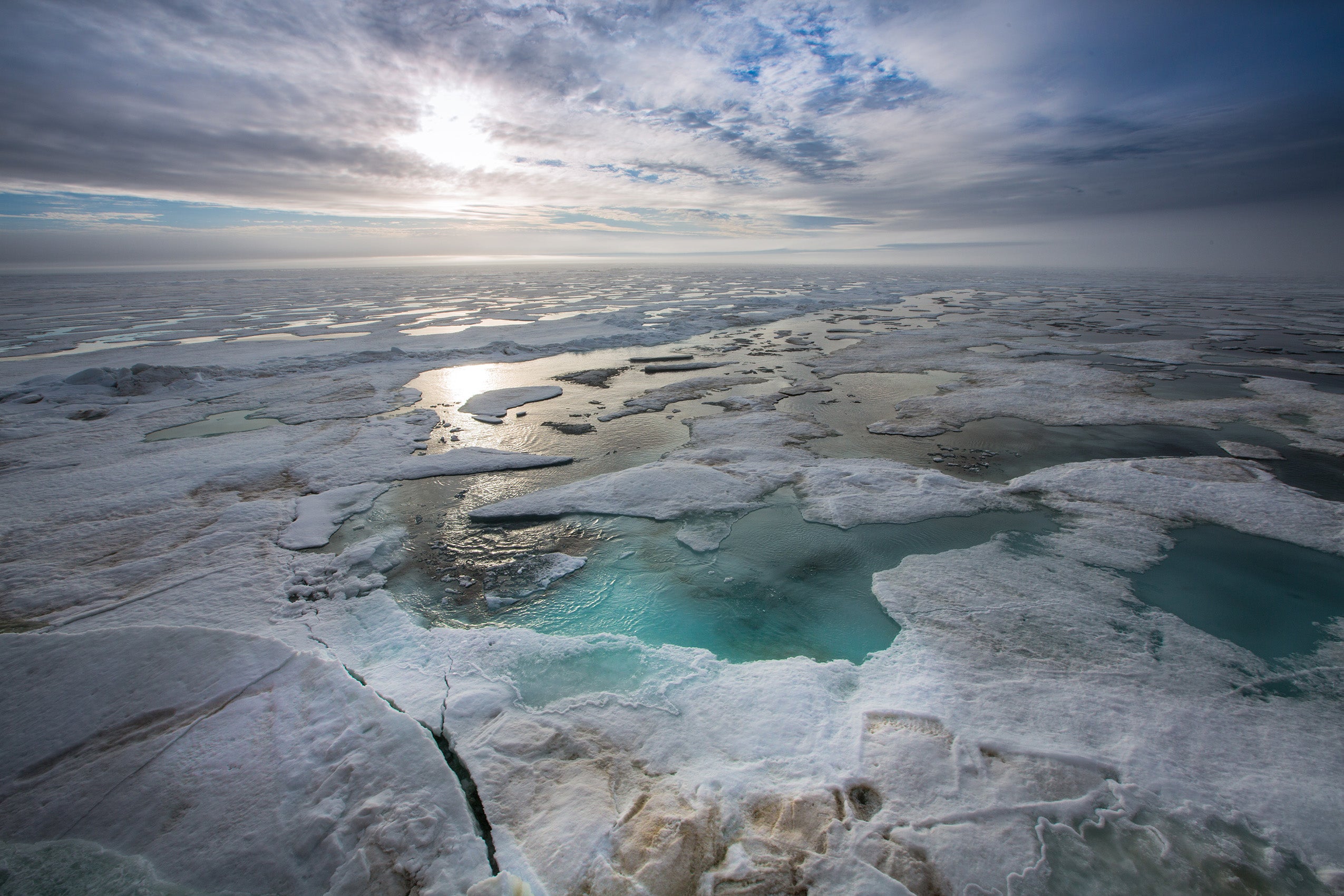As part of a series examining the first 100 days of the Biden presidency, Harvard Law Today asked Hannah Perls ’20 and Hana Veselka Vizcarra of the Harvard Law School Environmental and Energy Law Program to assess the new administration’s efforts to address climate change. The two environmental law experts will soon release a full report on the administration’s progress to date.
Harvard Law Today: What do you think of the Biden administration’s announced agenda?
Hannah Perls and Hana Vizcarra: The administration’s environmental and climate agenda is truly historic. It has set ambitious new goals, including most recently promising to nearly double the U.S. commitment to reduce greenhouse gas emissions, and is marshalling the full capacity of the federal government, not just EPA, to achieve them. Biden has tasked agencies not strictly focused on environmental issues with contributing to climate solutions and developing the infrastructure and workforce needed to implement them. The new administration has paired its whole of government focus on climate change with a focus on environmental justice, labor rights, and racial equity concerns. Never before have we seen such a holistic approach to the environment. Furthermore, these commitments are being backed up by personnel decisions at every level of government to ensure these priorities won’t fall by the wayside.

HLT: What have they done right so far?
Perls and Vizcarra: The Biden-Harris team set an ambitious but also very well-planned climate agenda right off the bat and came in ready to take immediate action. The transition team was well-prepared, developing a game plan for what the president and individual agencies needed to do right away. The work they put into developing lists of priority rules for review, litigation that would need to be addressed, and task forces and advisory bodies that would be needed to develop their new policies have paid dividends in how quickly they have been able to start implementing their agenda. We’re also seeing them leverage every governance tool available, including regulation, but also investing heavily in expert agency personnel, revising and reissuing internal agency policy and guidance, pursuing ambitious international diplomacy, and making full use of the federal government’s spending power.
HLT: What have they gotten wrong?
Perls and Vizcarra: From a legal perspective, it’s likely too soon to identify missteps. For the most part, they haven’t yet released new regulatory proposals and are still evaluating how to move forward on some of the most contentious topics, such as oil and gas development on federal lands. Much of their work to date has focused on reversing the most harmful actions of the prior administration so that they can move forward with new initiatives. However, even interim actions are attracting challenges from some state attorneys general, hinting at battles to come. The Biden administration will need to be careful procedurally and in crafting the substance of its environmental and climate agenda in order to make it last.
HLT: What should they do going forward?
Perls and Vizcarra: Agencies should prioritize building out a robust, science-based record in their rulemaking in order to withstand judicial scrutiny. They can have a significant impact even working within the authorities they already have by using their discretionary authority and relying on reasonable interpretations of statutory language. There is also a lot the federal government can adjust in how it operates, disburses funds, and allocates other resources to improve climate outcomes and address equity concerns. They should also pursue binding regulatory and statutory changes (where possible) and aggressively defend them so that they leave policies in place that have withstood judicial review and will set the floor for future efforts.
HLT: What are the biggest challenges they face?
Perls and Vizcarra: Time. The administration not only needs to repair weakened environmental and climate rules and rebuild agency capacity, it must also reach beyond repair to achieve ambitious climate action. Rulemaking takes time and requires process, for good reason, but that means it can be difficult to make lasting changes in a few short years. This is why the work the transition teams did before Biden took office was so important. It allowed the new administration to hit the ground running.
In addition to racing against the clock, the Biden administration has to prepare for inevitable legal challenges. The Trump administration often waded into a regulatory “no man’s land,” offering novel interpretations of agencies’ statutory authority, while taking unprecedented actions in pursuit of their deregulatory goals. Many of their rulemakings were designed to tie the hands of agencies and prevent future regulation of greenhouse gas emissions. They ran out of time to argue these positions in court, leaving them vulnerable to reversal by the Biden administration. However, we will likely see some of these same arguments reemerge in challenges to the Biden administration’s efforts, and they will need to be prepared to combat those challenges in court to protect the legacy of their agenda. At EELP, these are exactly the type of challenges we analyze, laying out the legal issues and what impact they could have on climate and environmental policy goals.
